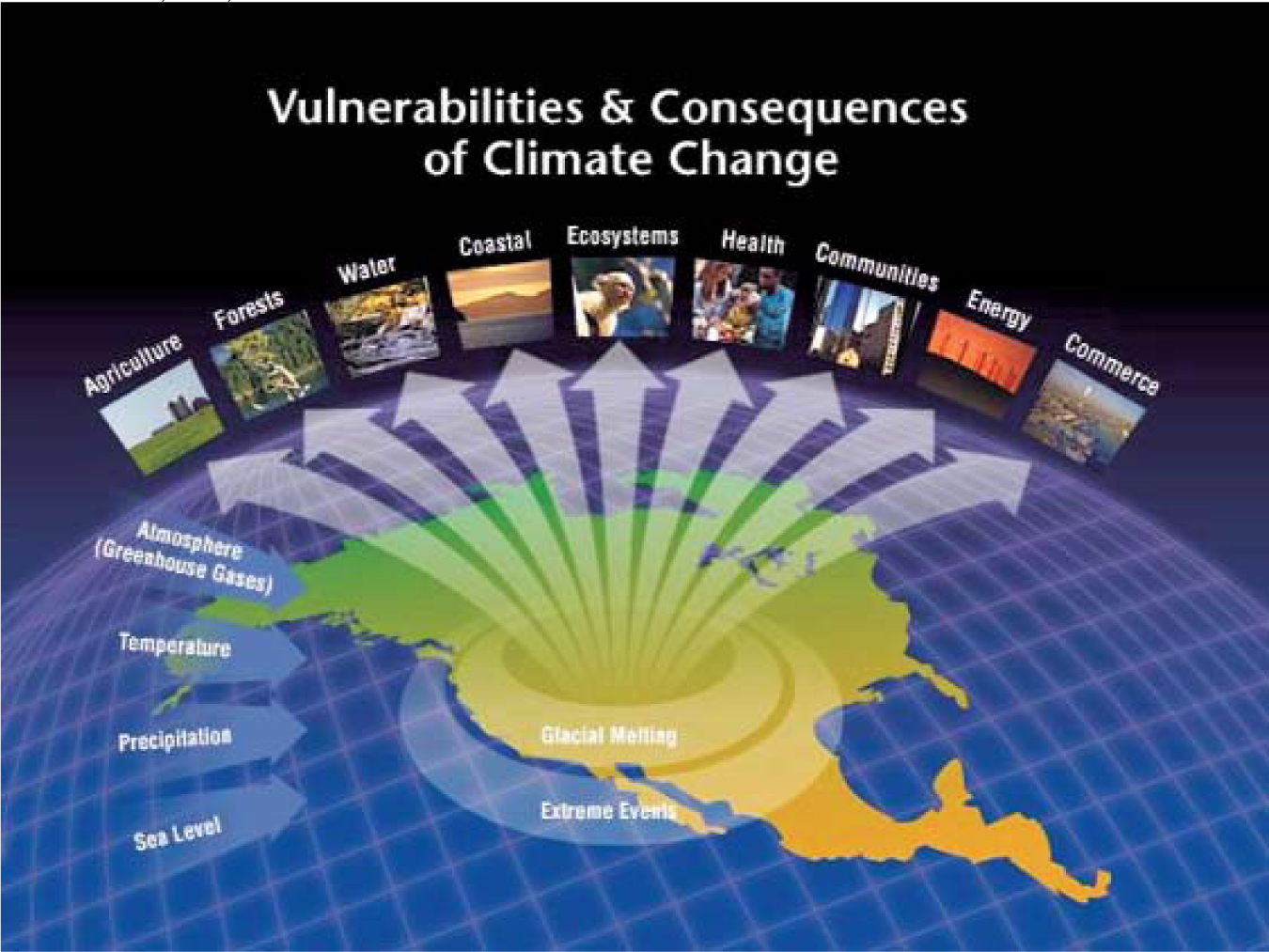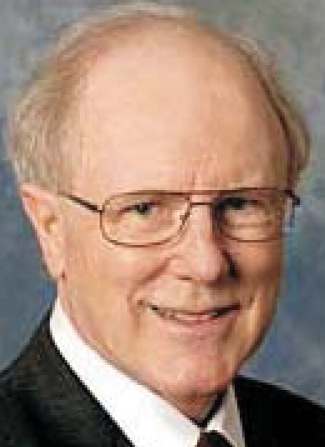Industrial physics forum confronts energy challenges
DOI: 10.1063/1.2825066
Scientists from industry, government, and academia gathered this October in Seattle to discuss nuclear power, renewable sources, and related energy issues at the 49th Industrial Physics Forum organized by the Corporate Associates program of the American Institute of Physics (http://www.aip.org/ipf
Although technological solutions dominated most sessions, the specter of climate change (see figure) loomed over the entire conference. For example, Rosina Bierbaum, an ecologist from the University of Michigan, illustrated a scenario in which annual US carbon emissions would nearly double by 2050 but could be halved in the same time if sustainable technology and policy are implemented.

Drastic occurrences such as glacial melting and extreme weather were discussed by Rosina Bierbaum, who showed this slide at the Industrial Physics Forum.
© GRABHORN, 2000, PREPARED FOR THE WHITE HOUSE OFFICE OF SCIENCE AND TECHNOLOGY/POLICY

“No single energy solution will suffice—a diversity of energy sources is required,” said Mildred Dresselhaus, MIT professor and chair of the AIP Governing Board. She emphasized the role that nanotechnology plays in engineering advanced properties in solar cells and thermoelectric technology. John Turner of the National Renewable Energy Laboratory in Golden, Colorado, argued that the market will ultimately embrace hydrogen produced by clean solar energy as the fuel of choice: “Energy payback [getting more energy out than is put in] is more important than economic payback right now.” David Carlson of BP Solar predicted that advances in photovoltaic efficiency would result in imminent achievement of the $0.10/kWh goal set by President Bush’s Solar America Initiative (http://www.eere.energy.gov/solar/solar_america
Auto-manufacturing representatives plugged hybrid technologies while other speakers addressed the challenges of nuclear power, bioethanol processing, and the viability of a synergistic offshore wind-and-wave energy system in the North Sea. The rapid increase in efficiency and the growing implementation of light-emitting diodes (see

Larry Hornbeck of Texas Instruments was presented with the biennial AIP Prize for the Industrial Applications of Physics for inventing the micromirror semiconductor chip technology popular in many high-definition TV models.
Hornbeck

